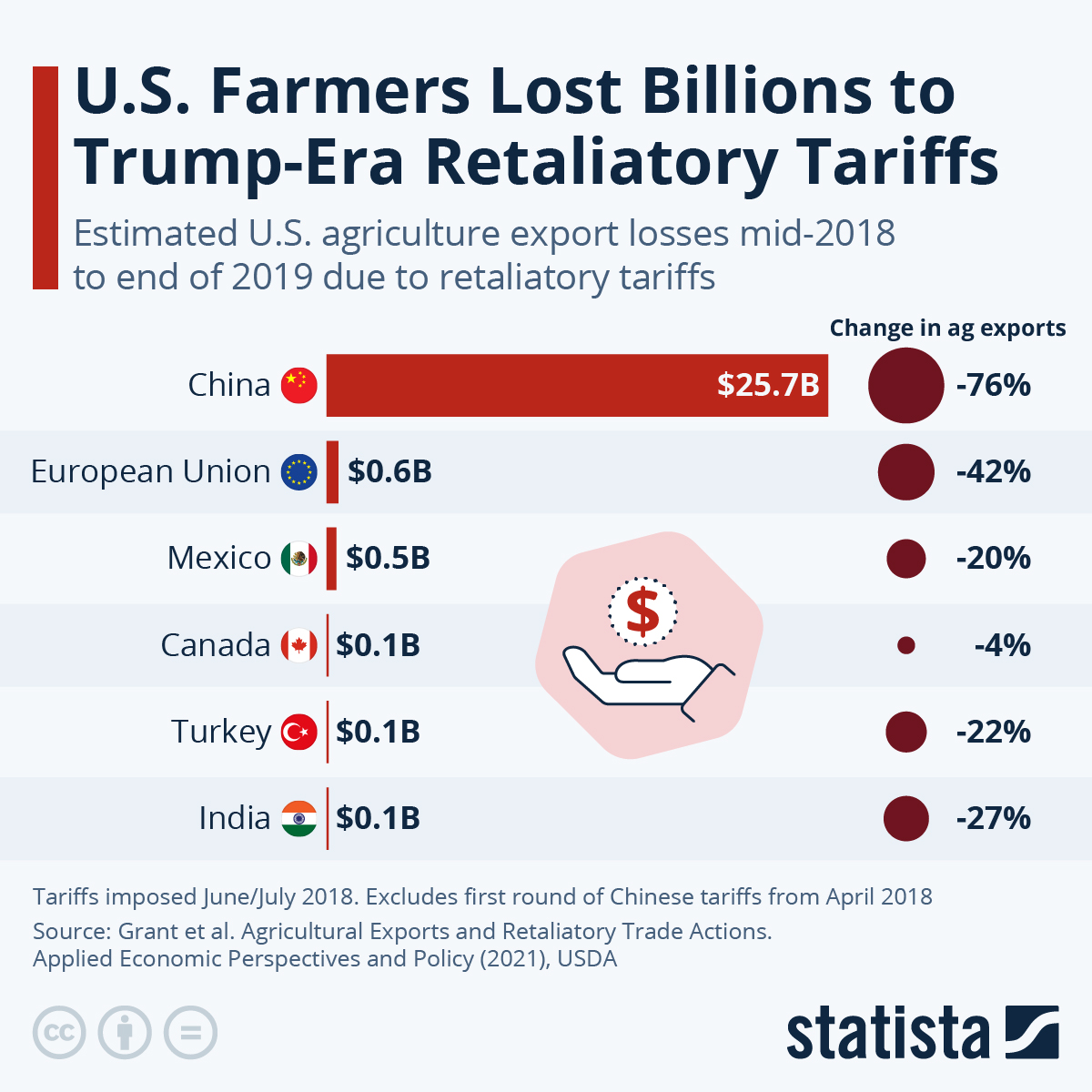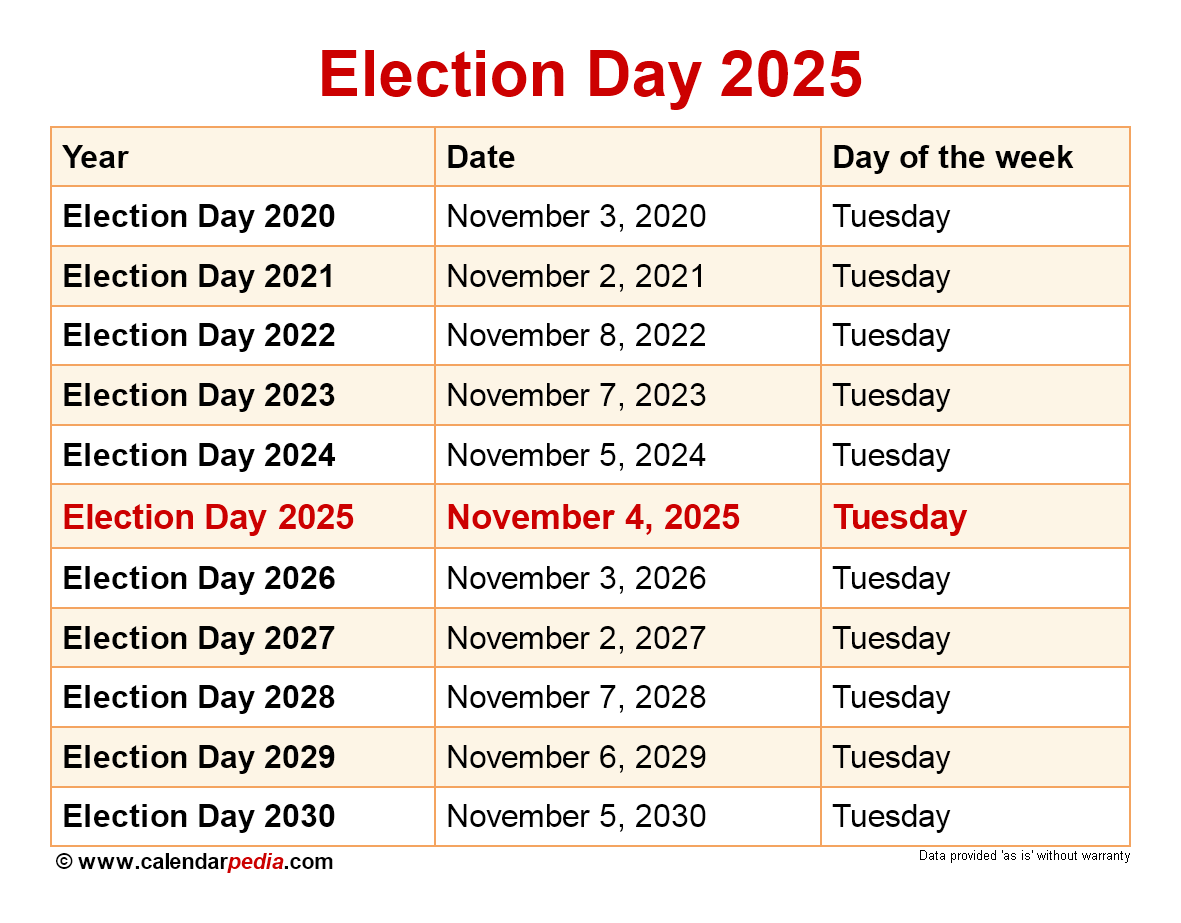WeightWatchers Bankruptcy: A Case Study In The Weight Loss Industry

Table of Contents
The Rise and Fall of WeightWatchers
WeightWatchers enjoyed decades of success, establishing itself as a market leader in the weight loss industry. Its initial success stemmed from its unique approach: a combination of portion control, community support through in-person meetings, and a points-based system. This created a strong sense of community and accountability, vital elements often missing from other diet plans. However, the weight loss landscape shifted dramatically. Consumer preferences moved toward digital solutions and at-home fitness programs, leaving WeightWatchers struggling to keep pace.
- Early success with in-person meetings and community support: The social aspect of WeightWatchers meetings was a key differentiator, fostering motivation and peer support.
- Introduction of digital platforms and apps: While WeightWatchers attempted to adapt with digital platforms and apps, this transition wasn't seamless or quick enough.
- Increased competition from free and subscription-based weight-loss apps: The rise of numerous free and affordable apps offering similar functionalities, often with added technological advancements, significantly impacted WeightWatchers' market share.
- Challenges in adapting to changing consumer behavior and technological advancements: The company struggled to fully embrace the digital transformation, losing ground to more agile and tech-savvy competitors.
Competitive Landscape and Market Saturation
The weight loss industry became increasingly crowded. WeightWatchers faced stiff competition from numerous players employing innovative approaches to weight management. The rise of digital health and fitness apps, offering personalized plans, tracking tools, and community features, presented a significant challenge.
- Rise of digital health and fitness apps: Apps like Noom, MyFitnessPal, and others offered personalized plans, often integrating wearable technology and sophisticated tracking capabilities, surpassing WeightWatchers' offerings.
- Increasing availability of free resources and information online: The internet became a readily available source of free diet plans, recipes, and exercise routines, diminishing the perceived value of paid subscriptions.
- The appeal of personalized, tech-driven weight loss programs: Consumers increasingly sought tailored approaches to weight loss, emphasizing personalized nutrition plans and fitness routines, a niche WeightWatchers struggled to occupy fully.
- The impact of social media influencers and diet trends: Social media influencers played a major role in shaping weight loss trends and promoting various diets and products, bypassing traditional marketing channels.
Financial Strategies and Miscalculations
WeightWatchers' financial strategies contributed significantly to its eventual bankruptcy. A high reliance on subscription revenue proved vulnerable as customer churn increased. Marketing efforts failed to effectively resonate with younger demographics and adapt to evolving consumer preferences.
- High reliance on subscription revenue: WeightWatchers' business model heavily depended on recurring subscriptions, making it susceptible to even slight declines in membership.
- Difficulty attracting and retaining younger demographics: The company struggled to attract and retain younger generations, who preferred more technologically advanced and personalized options.
- Ineffective marketing campaigns to address changing consumer needs: Marketing strategies failed to adapt to the changing preferences and needs of the target market.
- Failure to adapt pricing strategies to compete effectively: The pricing model became less competitive when compared to free or more affordable alternatives.
The Role of Changing Consumer Behavior
The weight loss landscape shifted fundamentally. Consumers demanded more personalized, tech-driven, and accessible solutions. This shift greatly impacted WeightWatchers' ability to remain competitive.
- Growing demand for personalized nutrition plans and fitness routines: Consumers desired plans tailored to their specific needs and preferences, rather than a one-size-fits-all approach.
- The influence of social media on health and wellness trends: Social media heavily influenced weight loss trends, creating a fast-paced environment where WeightWatchers struggled to keep up.
- Increased access to free information and resources: The abundance of free information online significantly reduced the perceived value of paid weight loss programs.
- The appeal of gamification and interactive weight loss programs: Interactive and engaging programs, often incorporating gamification elements, proved more attractive to younger generations than WeightWatchers' traditional methods.
Lessons Learned and Future Implications
The WeightWatchers bankruptcy offers valuable lessons for the weight loss industry. It underscores the importance of adaptability, innovation, and a customer-centric approach in a rapidly evolving market.
- The necessity of continuous innovation and adaptation to changing market trends: Companies must constantly adapt to shifting consumer demands and technological advancements.
- The importance of a strong digital presence and user-friendly platforms: A robust online presence with easy-to-use digital platforms is crucial for success in the modern weight loss landscape.
- The need for effective marketing strategies to target diverse demographics: Companies need targeted marketing to effectively reach and engage diverse audiences.
- The critical role of personalized and accessible weight loss solutions: Providing personalized, accessible, and affordable weight loss solutions are paramount.
Conclusion
The WeightWatchers bankruptcy serves as a stark reminder of the challenges in the dynamic weight loss industry. The failure to adapt to changing consumer preferences, intense competition, and potentially flawed financial strategies contributed to its downfall. This case study highlights the importance of embracing innovation, prioritizing customer experience, and adapting to the ever-evolving landscape of health and wellness. Understanding the lessons from the WeightWatchers bankruptcy is critical for long-term success in this competitive market. Avoiding the pitfalls that led to the WeightWatchers bankruptcy is essential for any company seeking sustainable growth in the weight loss sector.

Featured Posts
-
 Arctic Comic Con 2025 Photos Of Characters Connections And The Ectomobile
May 09, 2025
Arctic Comic Con 2025 Photos Of Characters Connections And The Ectomobile
May 09, 2025 -
 Retired Judge Deborah Taylor To Lead Nottingham Attacks Inquiry
May 09, 2025
Retired Judge Deborah Taylor To Lead Nottingham Attacks Inquiry
May 09, 2025 -
 Nottingham Triple Murder Survivors Devastating Words For The Killer
May 09, 2025
Nottingham Triple Murder Survivors Devastating Words For The Killer
May 09, 2025 -
 Infineons Ifx Disappointing Sales Outlook Impact Of Trump Tariffs
May 09, 2025
Infineons Ifx Disappointing Sales Outlook Impact Of Trump Tariffs
May 09, 2025 -
 Meet Your Nl Federal Election Candidates A Complete Guide
May 09, 2025
Meet Your Nl Federal Election Candidates A Complete Guide
May 09, 2025
